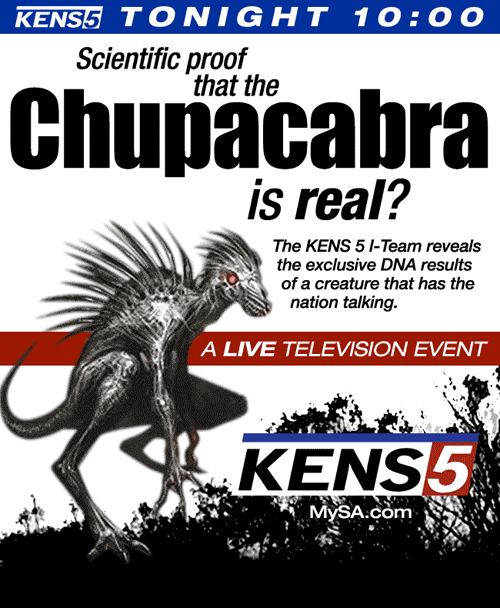Last weekend, I was Guest of Honour at a small cyberpunk-themed con,
Night's Edge, and speaking on a panel titled "I'm Only Interested in Her Mind: Love and AI", at which we spent much time enthusing about Scott Westerfeld's
Evolution's Darling - which is, like too many excellent sf books, out of print, though there are second-hand copies available through
bookfinder.com.
Evolution's Darling is a 'bootstrap', an AI who has achieved sentience despite frequent downgrades by its last owner. Under the laws of the Expansion, any machine that reaches a Turing Quotient of 1.0 legally becomes a person, rather than legal property - and needing to replace the shipboard computer would wipe out a year's profits for Darling's owner, Isaah. Darling is also the tutor and companion of Isaah's fifteen-year-old daughter, Rathere, and after Isaah disconnects Darling's sensors, Rathere re-connects them to save her friend, who then becomes her lover. He buys himself a humanoid body, then he and Rathere leave Earth together.
Two centuries later, Darling has become one of the Expansion's most astute dealers in artworks, collecting originals and ideas and sex-related body modifications. When a new sculpture allegedly done by fellow bootstrap Vaddum comes onto the market, years after Vaddum's disappearance, Darling and many other dealers rush to see it. While some are prepared to murder their rivals to own the piece, Darling is more interested in its origin. Is Vaddum dead? Can robots actually die? Can intelligent software be copied, and if so, is the copy a forgery or the real thing?
Evolution's Darling contains some wonderful inventions: as well as the Turing Quotient as a solution to the ethical questions of owning intelligent machines, Westerfield gives us a wide range of very individualistic robots, from the fiercely competitive hyper-intelligent starships writing anonymous academic papers on passenger service when they're not hurling insults at each other ("Number-cruncher!" "Intuitionist!"), to Vaddum, the robotic laborer turned sculptor, to the sub-Turing Wardens, cunning but rigid justice machines. I also loved the lithomorphs, alien statues on a thousand-century-long migration towards their breeding grounds. Along with this sparkling inventiveness comes a beautiful prose style: the only flaw, and that a minor one, is the erratic pacing, with two-hundred-year jump cuts and a fistful of flashbacks disguising a very simple and straightforward plot.
Aldiss and Wingrove's
Trillion Year Spree defined science fiction (in part) as "the search for a definition of mankind and his status quo in the universe which will stand in our advanced but confused state of knowledge". By this definition, Evolution's Darling is uncommonly pure science fiction, because of the questions it raises about the nature of humanity. When machines can score higher than biological humans on Turing tests, which is really human? Are two beings with identical Turing ratings actually the same person, and is the art they produce equally authentic? Is there a difference between justice and aesthetic considerations? What is alive? What is dead? What is original? What is a copy? Will any of these concepts still be relevant in a few centuries? Westerfield quotes Wilde's essays frequently - and it's Wilde the philosopher, not just Wilde the wit - as well as Wittgenstein and Locke, plus sly nods to Alfred Bester and Samuel Delany... but the book sparkles with ideas and questions, rather than being weighted down with pontification. It manages to combine character-driven and ideas-driven science fiction, and even begs the question of whether there's any real difference between the two.
P.S. Last week, I was informed that there's a
Lost Books website, specializing in science fiction, formerly a tributary of Orson Scott Card's
Hatrack River. It's worth checking out, though in the interests of strict accuracy, I should say that many of the books that it lists are not exactly
lost: R. A. MacAvoy's Mayland Long novels are back in print (well, there goes two columns), Grimwood's
Replay is a Gollancz Masterwork, and John Marsden's Ellie books are bestsellers here in Australia.
Wizard of the Pigeons, alas, is still MIA... but that's another story.






















